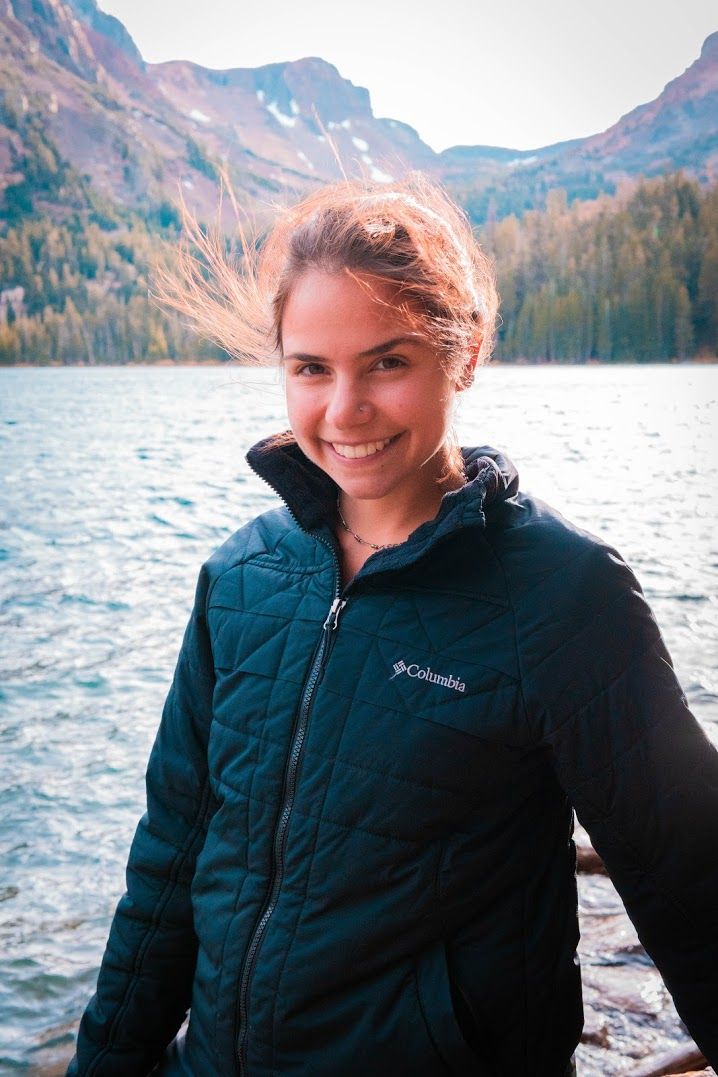A pressing problem in the environmental justice community is how current organizing structures are a reflection of the culture’s extractive behavior; to change systems in society, we have to re-imagine and implement regenerative principles within our organizing structures. This moment presents a social window of opportunity where climate justice awareness is becoming mainstream, and many people want to do something about it. However, there is a barrier to getting involved sustainably. This may be due to a lack of resources, money, time, or exploitative practices in the non-profit world. The environmental movement has been historically white, straight, and male. This exclusiveness has disoriented the movement from rights, justice, and the core roots of problems. Instead, it has created a reflection of the extractive economy rooted in colonialism and inequality.
Grassroots organizations are trying to compete with our hyper-capitalistic society and, therefore, unintentionally becoming exploitative and contradictory of their initial values. There is a cycle of exploitation and violent language present, which leads to short-term involvement and burnout. Some organizers expect volunteers to drop all commitments to come out to actions without considering that this replicates barriers to access for people who already struggle to engage with the movement due to limited resources.
How do we engage people in the long-term rather than short sprints? How do we make the climate movement more accessible? How can we create spaces of collaboration built on principles of ecological and social wellbeing? How do we nurture people in the movement rather than exploit them and ourselves? How can we create models of community to be a buffer to the culture of burnout?
In general, our current way of organizing can be exploitative and inaccessible. To actually work towards a just transition, we must re-imagine how we work internally. By creating regenerative cycles within the organizing space, the movement will grow stronger than ever and create a safe space for collaboration and healing. More people will be applying regenerative principles to their daily lives, jobs, and community, making the just transition to a better world realistic and tangible.
Written in collaboration with the amazing activist, Rachel Roberts.
